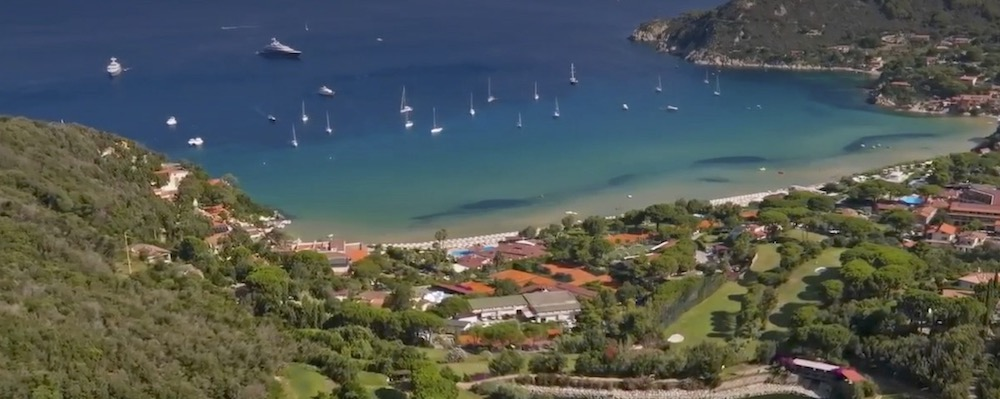Speaker
Description
The Nuclear Star Cluster (NSC) is at the centre of the Galaxy, an extremely dense star system. Several mechanisms are exists to explain how NSCs form, including gas migrating or GCs merging to the NSC.
Based on the second idea, we will present the processes involved in the complete decay of GCs during their interaction with the NSC of our Galaxy.
We have generated 'theoretical' GCs in a time-varying potential as these likely formed 10 Gyr ago. Initial positions for the GCs were randomly generated in the total angular momentum energy phase space, taking into account various orbital parameters. For the GCs N-body simulations, we employed a high-order, dynamical N-body code with updated stellar prescription and time-variable external potential.
In total, we integrated 150 GC models from -10 to -5 Gyr interval. Consequently, we will present the total mass and stellar accretion rates to the NSC from our GC models. We will also analyse the parameters of cluster orbits where star accretion is more prevalent.
| References | https://www.aanda.org/articles/aa/full_html/2024/09/aa50399-24/aa50399-24.html#S6 |
|---|

